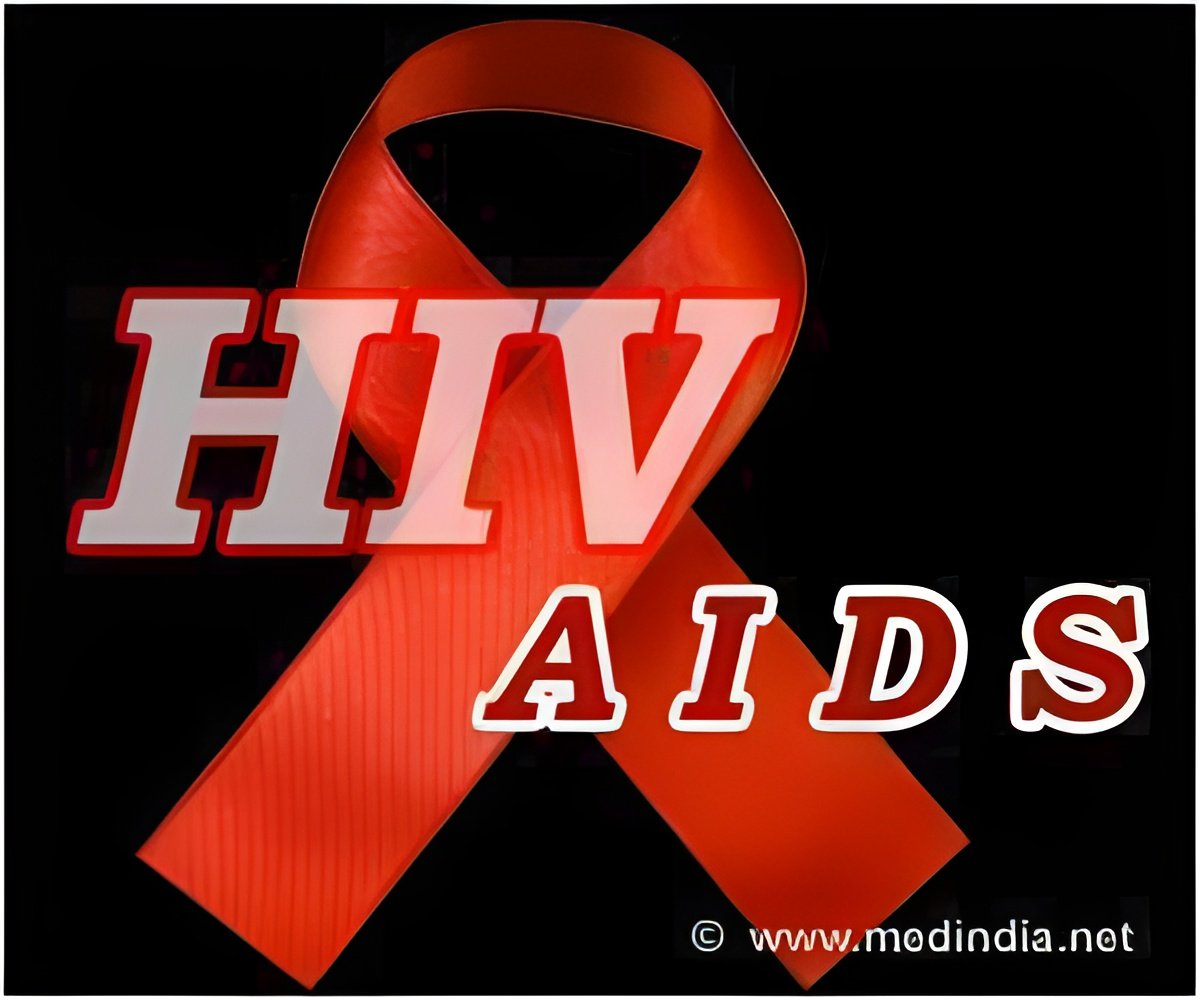
Sally Blower, director of the UCLA Center for Biomedical Modeling and a professor at the Semel Institute for Neuroscience and Human Behavior at UCLA, and colleagues used sophisticated computer modeling to determine that a PrEP prevention program used alone, or current HIV treatment programs used alone, could indeed, separately, increase drug resistance. But if used together, the researchers say, resistance is likely to decrease.
Their findings appear in the current online edition of the peer-reviewed journal Scientific Reports, published by Nature Publishing Group.
"This was a very big surprise," said Blower, the study's senior author. "We found that this counterintuitive effect will only occur if adherence to the PrEP prevention program, where individuals have to take a daily pill, is very high. This counterintuitive effect occurs when the beneficial effect of PrEP in preventing infections is so great that it overcomes both its own detrimental effect on increasing resistance and the detrimental effect of current HIV treatments on increasing resistance."
Africa is ground zero for HIV and AIDS, a continent where the death rate is simply "awful," Blower said. Since the country of Botswana was one of the sites for the PrEP drug trial, Blower and her colleagues chose it for their modeling. Botswana has the best health care system in Africa, they said, yet 30 percent of women and 20 percent of men are infected with HIV.
"Botswana is likely to lead the way in rolling out PrEP," said Virginie Supervie, first author of the current study and a former postdoctoral fellow in Blower's laboratory. "So officials there are worried about increasing levels of resistance."
Advertisement
But in a second counterintuitive finding, the UCLA researchers say this conventional approach is actually the worst strategy. Instead, they suggest, PrEP programs should be rolled out around treatment programs that are having little success and where rates of resistance are high. Their model shows that this unconventional approach would prevent the maximum number of infections and result in the greatest decrease in drug resistance.
Advertisement
A PrEP clinical trial that involved men who had sex with men and transgender women who had sex with men found that PrEP reduced the risk of acquiring HIV infection by 44 percent. Two other PrEP trials, which involved heterosexual men and women, showed significant reductions in risk, ranging as high as 73 percent.
"These results are very promising," Supervie said. "Our model shows that if the roll-out of PrEP is carefully planned, it could decrease resistance and increase the sustainability of treatment programs. But if it is not, resistance could increase, and the sustainability of treatment programs in resource-constrained countries could be compromised."
"The model we have designed is a very important health policy and planning tool," Blower said. "It can be used for any African country to decide where to roll out PrEP, as well as to predict the impact of PrEP on reducing their HIV epidemic. It is a critical time for decision-makers in Botswana and other African countries."
Source-Eurekalert













